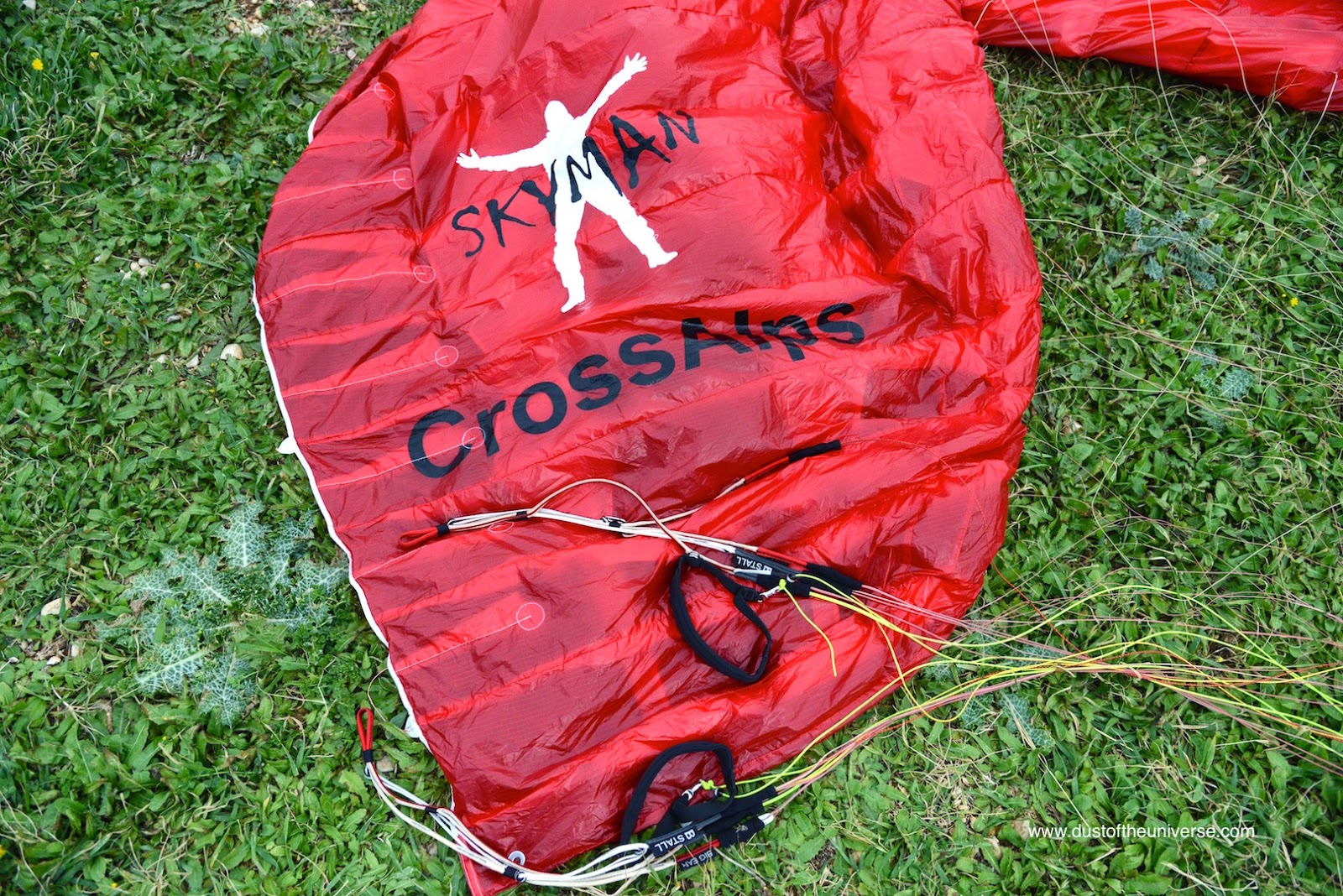XC tracer.
I flew with this small light black device a few times and the sound was very imminent in climb and very precise. Since my friend Rony is more into electronics than i am, i gave him this small device to test fly and he came back with this:
I have been flying with an XC-Tracer besides my Flymaster vario for a while now so I am getting a pretty good feel about it.
At first I thought of using the XC-Tracer for my hike and fly needs since it is small, idiot proof and logs tracks. It serves that purpose perfectly but I then started keeping it on my regular cockpit as a backup logger for real flights.
What I found out:
° XC-Tracer vario is extremely accurate and has practically no delay.
° The ability to fine tune the sound of the vario is simple enough for the great range of options available.
° Changing the volume in flight is straightforward.
° The saved tracks are easily accessible through GPSDump, and they are correct when compared to the Flymaster logged tracks.
° Linking XC-Tracker to my Samsung Note 4 and XCsoar through Bluetooth works perfectly.
° I dropped the XC-Tracer a few times and I also leave it on my cockpit when packing my harness tight but never had any issues, so it is solid enough for me to keep.
https://www.xctracer.com/en/the-xc-tracer/?oid=1854&lang=en
I flew with this small light black device a few times and the sound was very imminent in climb and very precise. Since my friend Rony is more into electronics than i am, i gave him this small device to test fly and he came back with this:
I have been flying with an XC-Tracer besides my Flymaster vario for a while now so I am getting a pretty good feel about it.
At first I thought of using the XC-Tracer for my hike and fly needs since it is small, idiot proof and logs tracks. It serves that purpose perfectly but I then started keeping it on my regular cockpit as a backup logger for real flights.
What I found out:
° XC-Tracer vario is extremely accurate and has practically no delay.
° The ability to fine tune the sound of the vario is simple enough for the great range of options available.
° Changing the volume in flight is straightforward.
° The saved tracks are easily accessible through GPSDump, and they are correct when compared to the Flymaster logged tracks.
° Linking XC-Tracker to my Samsung Note 4 and XCsoar through Bluetooth works perfectly.
° I dropped the XC-Tracer a few times and I also leave it on my cockpit when packing my harness tight but never had any issues, so it is solid enough for me to keep.
https://www.xctracer.com/en/the-xc-tracer/?oid=1854&lang=en



























